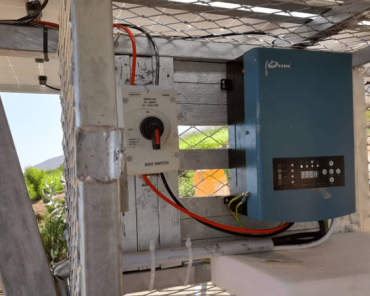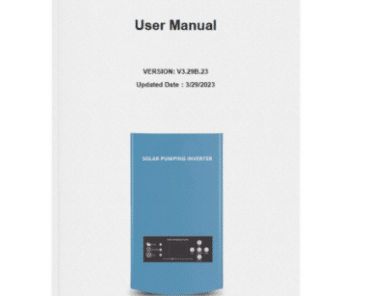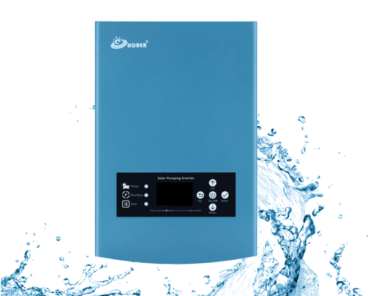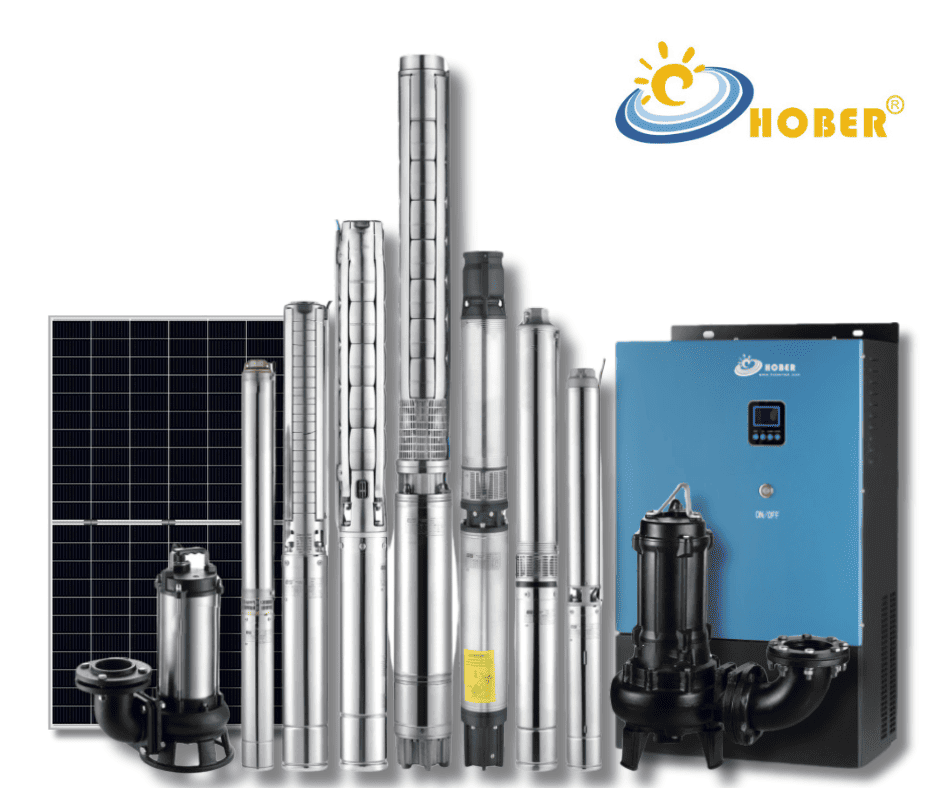So, you’re considering solar panels for your water pump systems. You’re in the right direction—making a switch to solar energy is a smart, cost-effective, and sustainable solution. But how do you ensure the success of this transition? That’s where we come in.
In this post, we’ll delve into the key considerations for installing solar panels for water pump systems, so you can make an informed decision for your business.
Stick around; this guide could be the missing piece in your solar-powered water pump project puzzle.
What’s the Ideal Installation Site for Solar Panels?
Choosing the right site for your solar panels is crucial. The location should be free from any obstructions that could cast shadows. You see, shadows are to solar panels what kryptonite is to Superman—crippling. According to research, even a small area of shade can reduce power generation by up to 50%
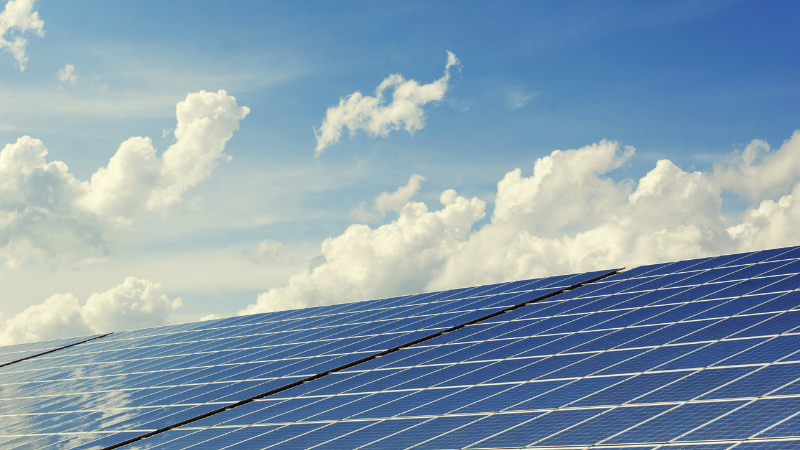
What Material Should the Solar Brackets Be Made Of?
Solar brackets play an unsung yet crucial role in your solar panel setup. Opt for corrosion-resistant materials like steel or aluminum alloy. These materials should also be robust enough to withstand strong winds of above level 10. The last thing you want is your investment flying off into the sunset .
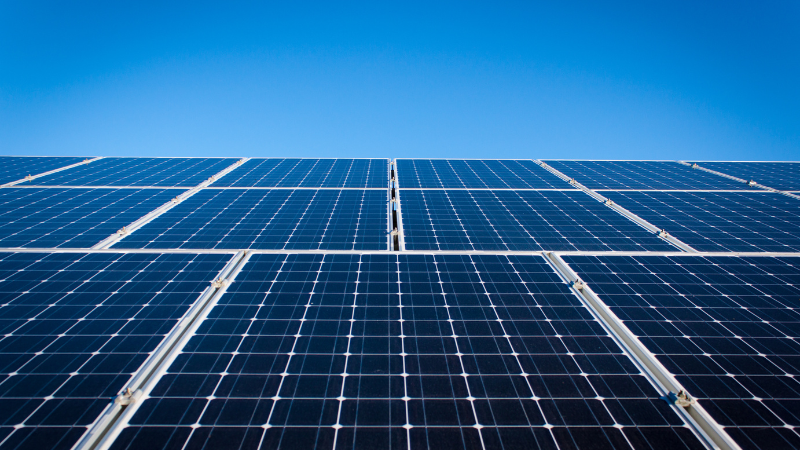
How Much Space Should Be Between Solar Arrays?
Don’t cram your solar arrays too close together. Keeping sufficient space between them reduces wind resistance and optimizes performance. It’s like social distancing for solar panels; they perform better when they’re not breathing down each other’s necks.
How to Consider Foundation Settlement?
Especially when dealing with soft foundations and sandy lands, you should anticipate the influence of foundation settlement. In these cases, when making cement piers for fixed solar brackets, it’s advisable to sink a part of them deep into the foundation. Think of it as laying down roots to ensure a stable future .

Where Should the Solar Panel Connection Be?
Location matters, even in the case of solar panel connections. They should be as close as possible to the controller. This not only improves efficiency but also reduces the total solar wire consumption. It’s like having your Starbucks next to your office; convenient and efficient
How to Ensure Consistency in Solar Panels?
Here’s a cardinal rule: all the solar panels in your system must have consistent parameters and specifications. Mixing Mono crystalline and poly crystalline panels is a big no-no. Similarly, don’t mix new and second-hand panels. Consistency is key for optimal performance
What If You Have Multiple Groups of Photovoltaic Panels?
When there are multiple groups, make sure the difference between them is minimal (e.g., the error value is within 10 volts). It’s like tuning an orchestra; every instrument must be in harmony for the best performance
Conclusion
Installing solar panels for your water pump systems isn’t just about slapping some panels on a rooftop. It requires careful planning and consideration of various factors, from materials and location to consistency and spacing.
Ready to make the switch to a more efficient and eco-friendly water pump system? Contact us and let’s turn your solar dreams into a well-oiled, sun-powered reality.
Looking to amplify your solar water pump business? Choose HOBER; we don’t just sell solar solutions, we provide peace of mind.

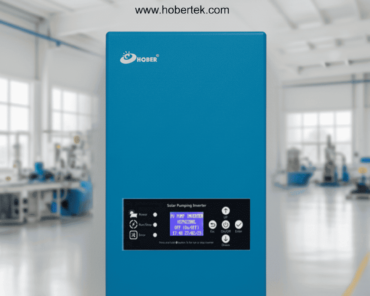
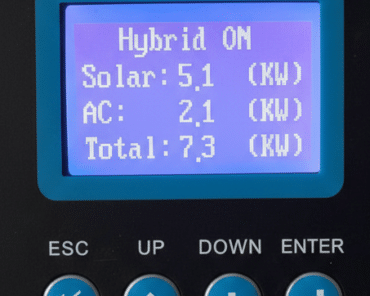
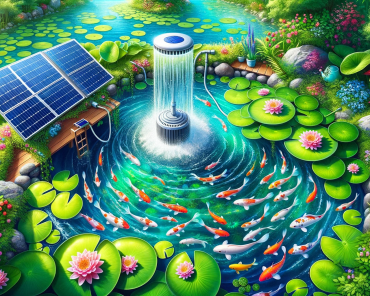
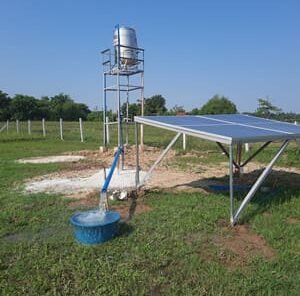
](https://hobertek.com/wp-content/uploads/2025/03/solar-pump-inverter-for-irrigation-efficient-water-pumping-solution-370x296.png)
